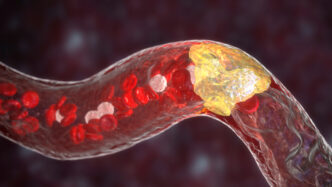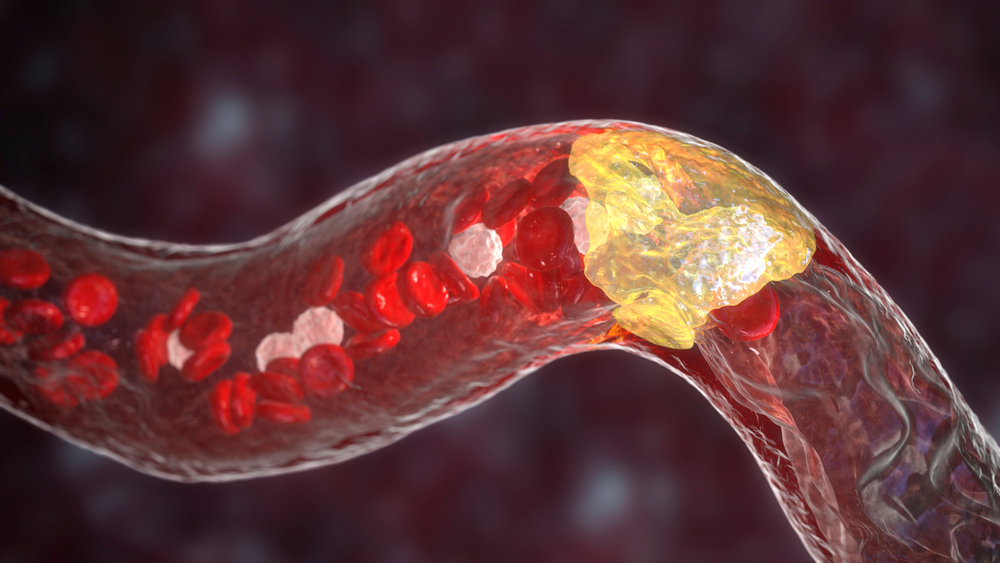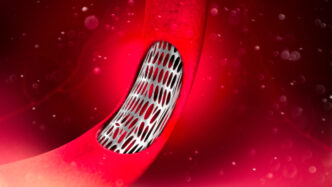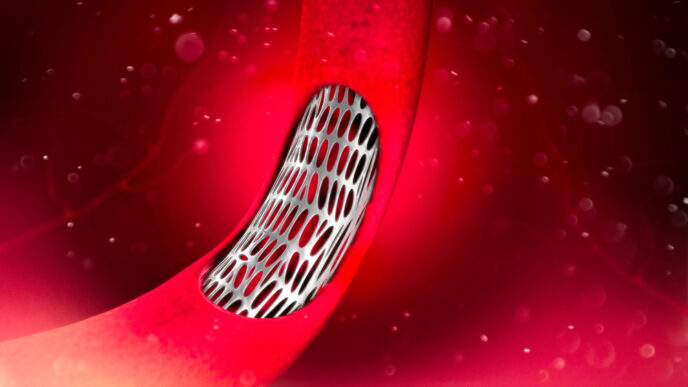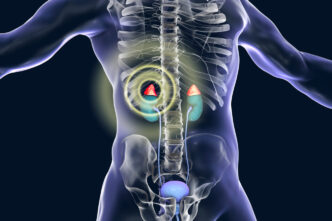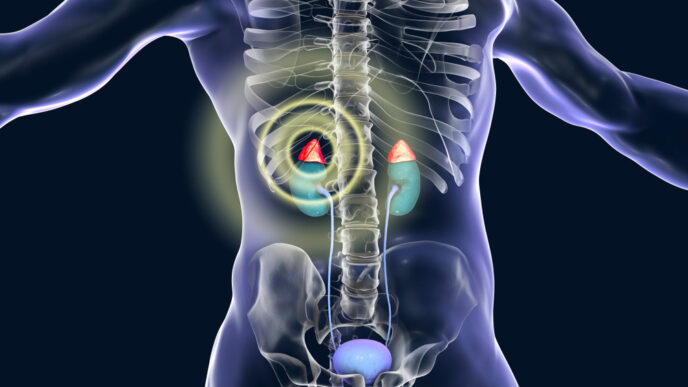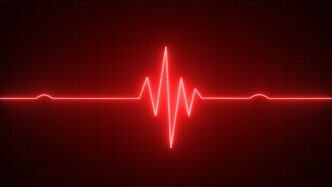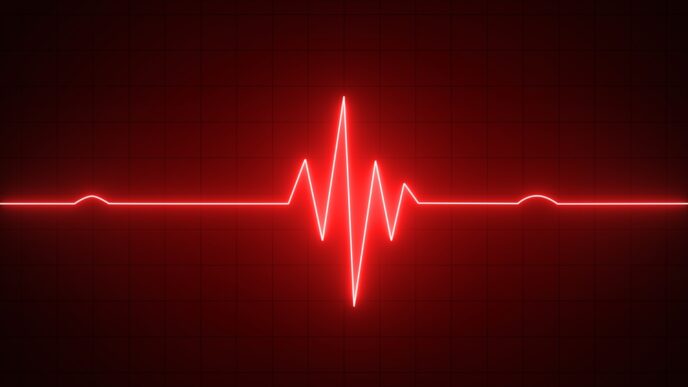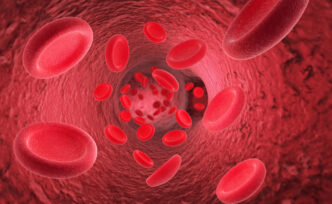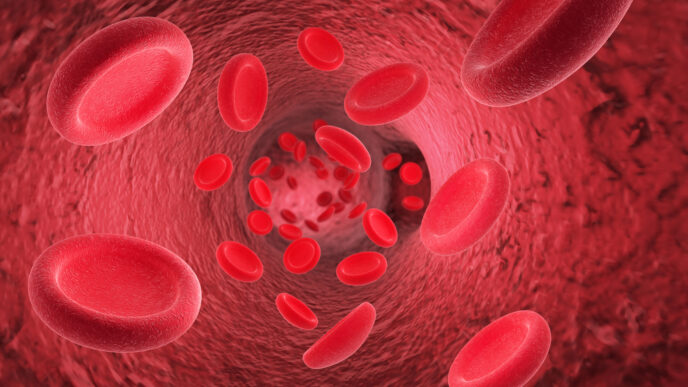Peripheral artery disease (PAD) happens when the arteries that carry blood from our heart to our limbs are narrowed or blocked. It develops most commonly in the legs, less commonly in the arms. This may cause leg pain when walking, called claudication, and other symptoms.
WORDS HANNAH MAY-LEE WONG
 FEATURED EXPERT FEATURED EXPERTDR SARAVANA KUMAR SELVANATHAN Consultant Vascular Surgeon Pantai Hospital Kuala Lumpur |
Peripheral artery disease (PAD) happens when the arteries that carry blood from our heart to our limbs are narrowed or blocked.
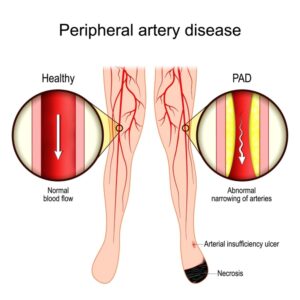
According to vascular surgeon Dr Saravana Kumar Selvanathan, PAD is usually caused by atherosclerosis.
“In atherosclerosis, fatty deposits or plaque are formed in the arterial walls, narrowing the affected arteries and reducing the blood flow in these arteries,” he explains.
YOU MAY HAVE PAD IF YOU EXPERIENCE…
- Painful cramps in hips, thighs, and calf muscles after walking or taking the stairs.
- Cold sensation in the foot or lower leg.
- Wounds on the toes or foot taking a long time to heal.
- Changes in foot colour.
COMMON RISK FACTORS FOR PAD
- Smoking
- Family history
- Advancing age
- Chronic conditions (diabetes, obesity, high blood pressure, etc)
Dr Saravana advises those over 65 with a history of smoking and/or have diabetes to get screened for PAD, even if they don’t show any symptoms.
Screening for PAD
- The standard screening test is the Ankle-Brachial Index (ABI) or Ankle-Brachial Pressure Index (ABPI).
- The blood pressure at your ankle and at your arm are measured and then compared.
- If the pressure in your ankle is lower than in your arm by a certain value, it could mean your leg arteries are narrowed or blocked.
- If PAD is suspected to be present, further tests such as Doppler ultrasound and computed tomography (CT) or magnetic resonance (MR) angiography may be recommended.
| Angiography is a diagnostic imaging procedure used to see your blood vessels. It shows doctors exactly where arteries are narrowed, blocked, bulging, or leaking. |
PAD CAN BE ADDRESSED THROUGH THE USE OF MEDICATIONS
- Antiplatelets are medications prescribed to prevent blood from sticking together to form a clot.
- Anticoagulants may also be prescribed to further prevent blood clot formation.
- Statins are cholesterol-lowering medications that help reduce formation of plaque in arteries.
PEOPLE WITH MORE SEVERE PAD MAY REQUIRE SURGERY
Typical signs of severe PAD include:
- Leg pain that persists even when you’re at rest
- Leg pain after walking a short distance
- Poor wound healing
Surgical procedures to treat PAD include open bypass surgery and endovascular angioplasty.
| Angioplasty is a medical procedure used to open up narrowed or blocked blood vessels, usually arteries, that have become clogged with fatty deposits (atherosclerosis). |
Endovascular Angioplasty: The Less Invasive Option
- The patient is given minimal sedation.
- A very small hollow tube, called a catheter, is moved or threaded along either the femoral artery (a blood vessel in the groin) or the radial artery (a blood vessel in the forearm).
- The catheter is moved towards the artery experiencing blockage or narrowing.
- Once the catheter is in place, a small balloon will be gently expanded to push the plaque into the artery wall and widen the artery opening.
- If necessary, a mesh tube called the stent will be placed to ensure that the artery stays open.
Dr Saravana reveals that the endovascular angioplasty procedure usually takes around 60 to 90 minutes.
Upon completion, patients would be observed for the next 24 hours.
Thereafter, they will usually be able to carry out their normal activities within the next 48 hours.
| This article is part of our series on the health issues affecting the heart and blood vessels. |

